Here you will find free chess coloring pages to print. Each chess set has 32 pieces, and the board is ready to be colored and played.
Chess is a board game in which two people face each other, each one having 16 pieces that represent the different characters of a monarchical army.
Chess Coloring Pages Free
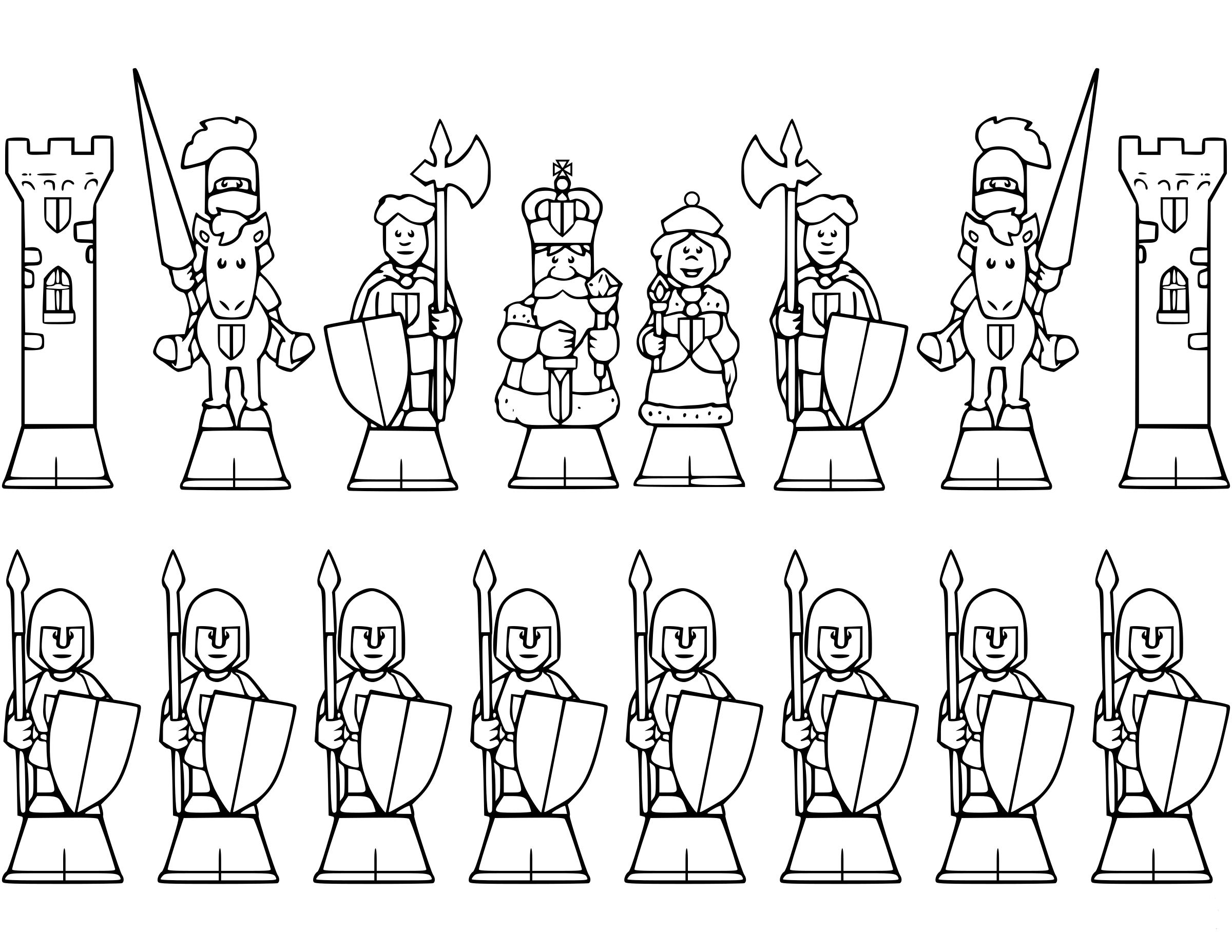
cartoon chess coloring pages 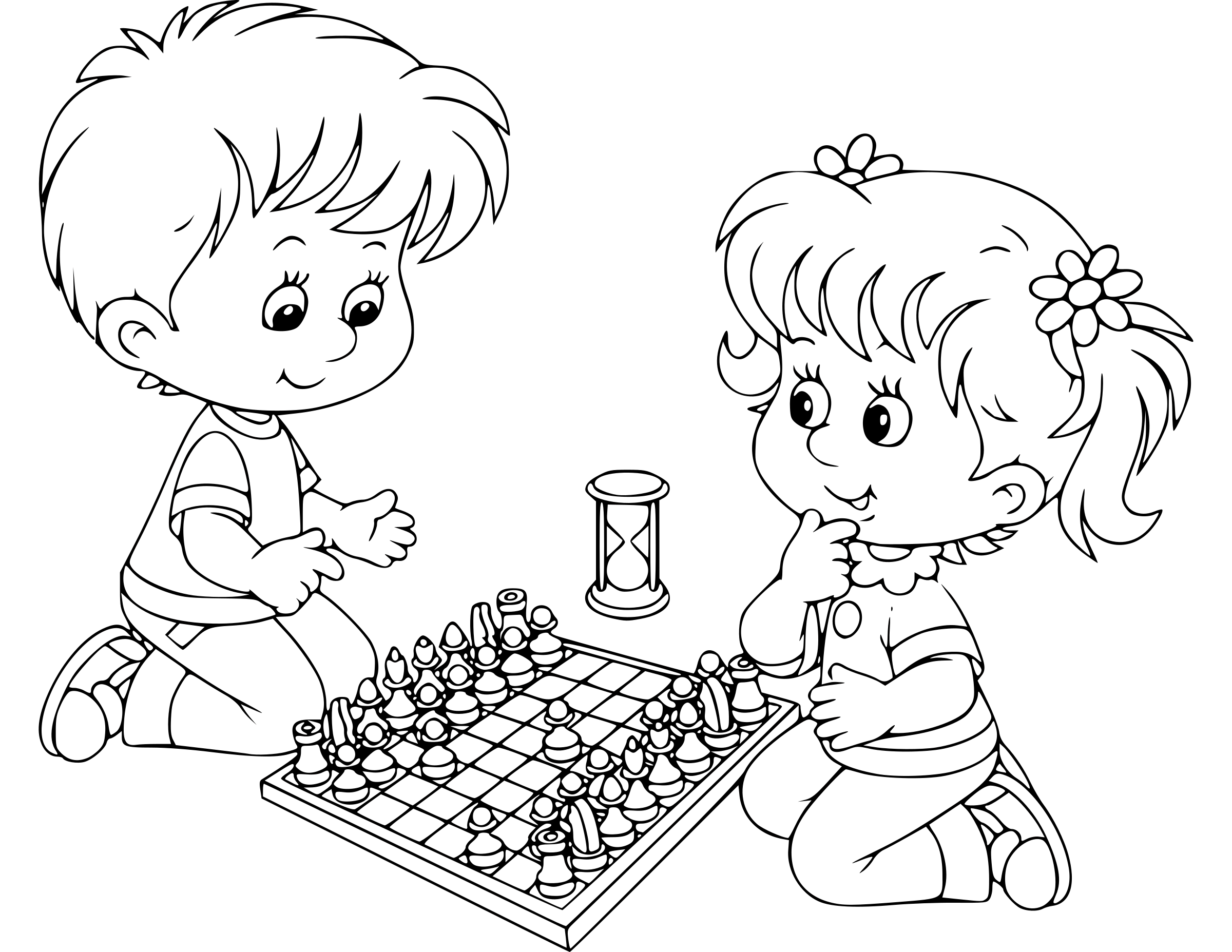
chess coloring pages for kids 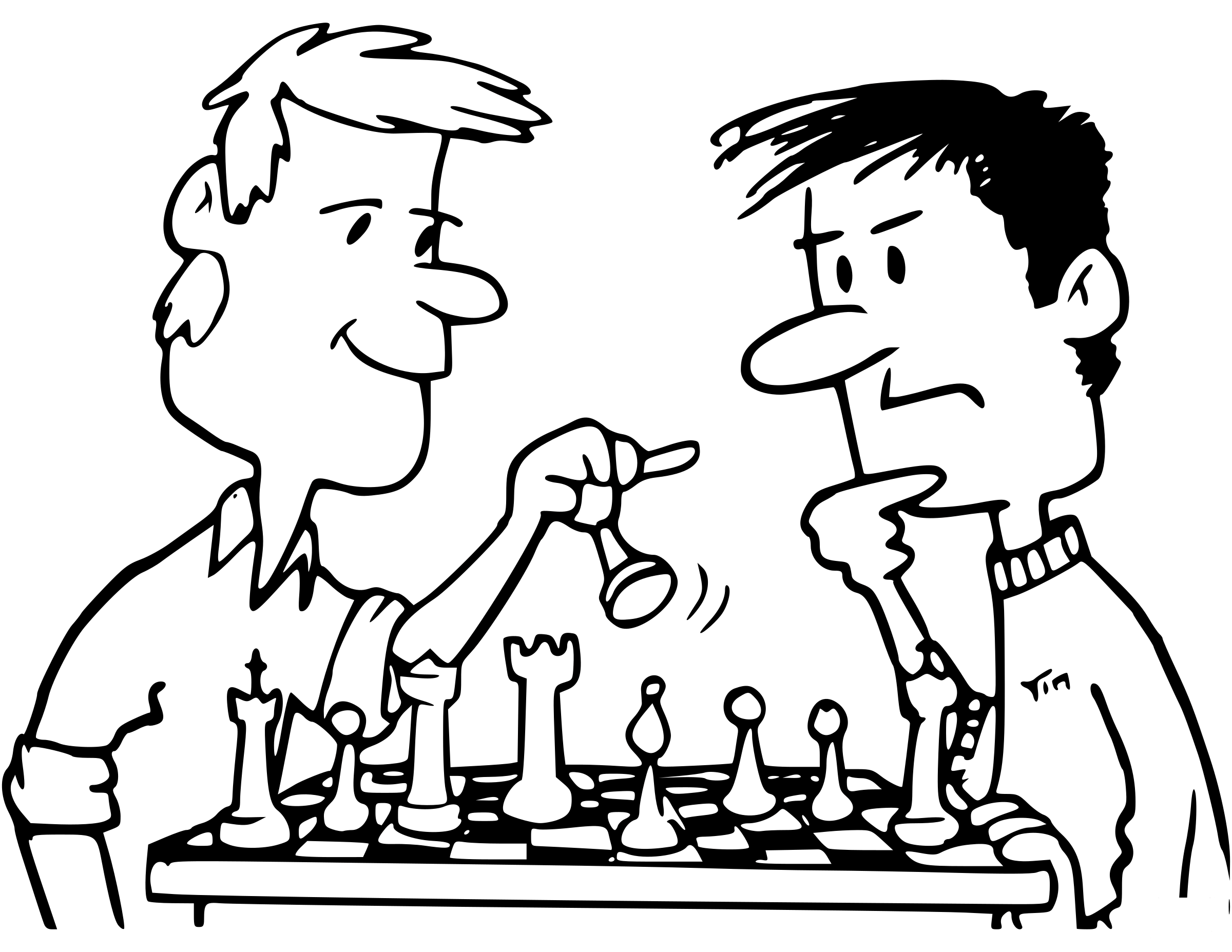
chess coloring pages free 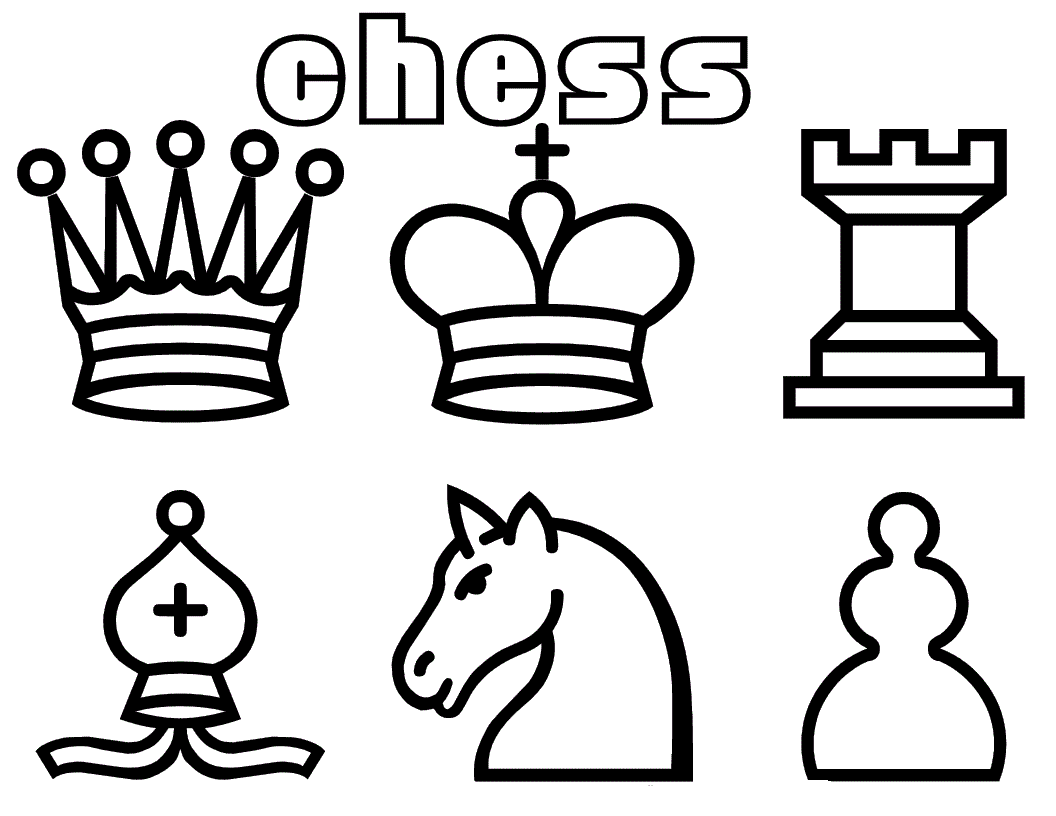
chess coloring pages 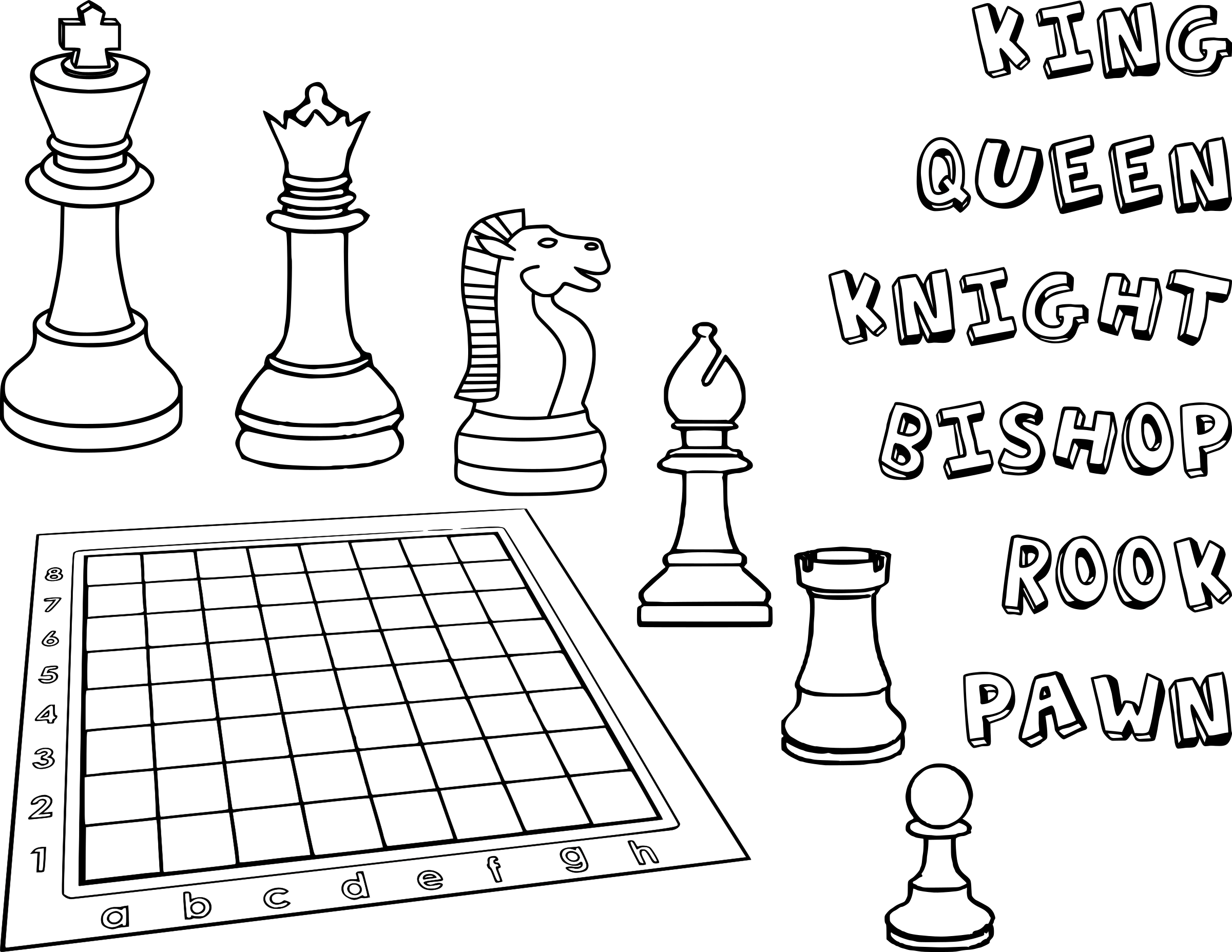
chess pieces coloring pages 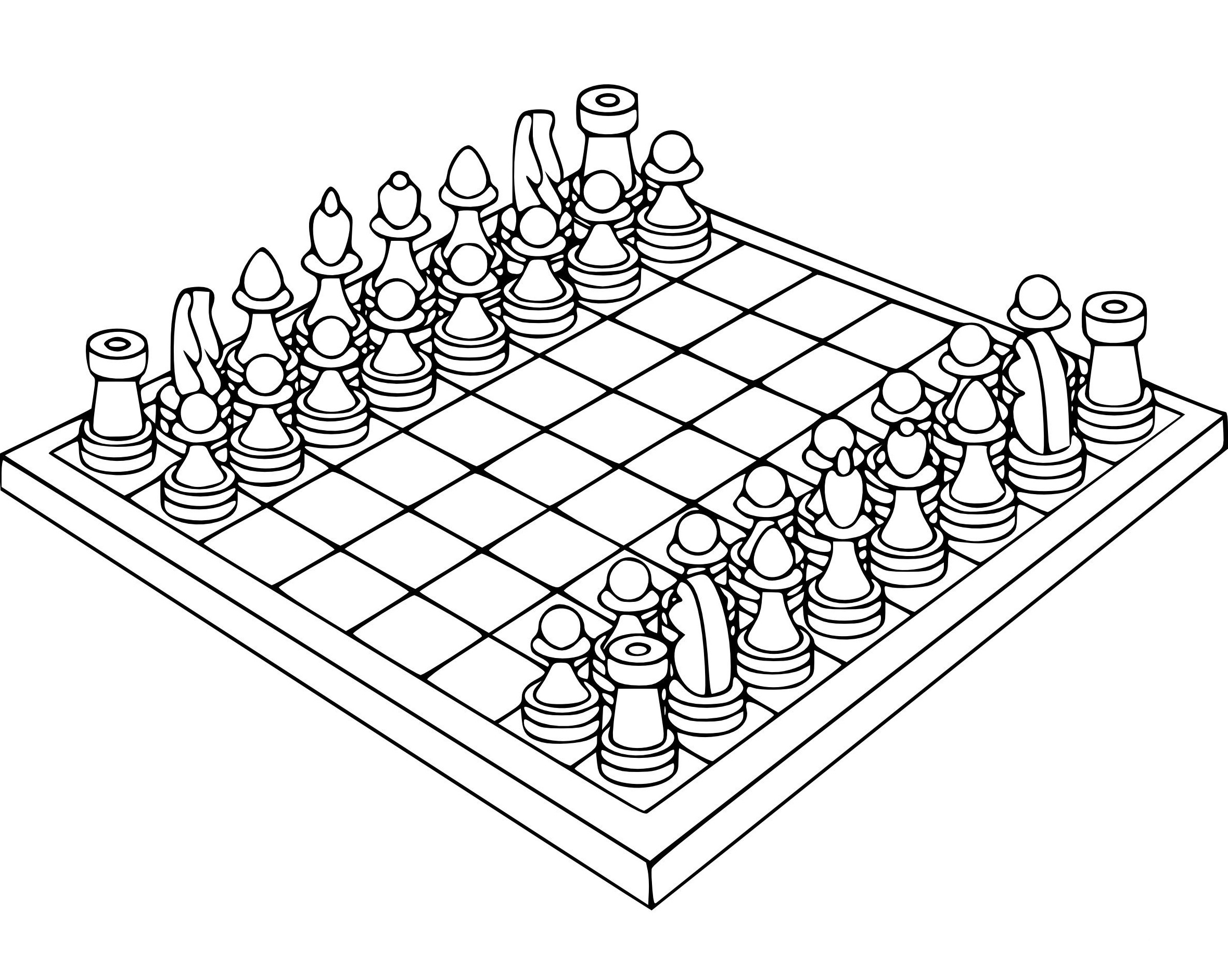
coloring pages chess board 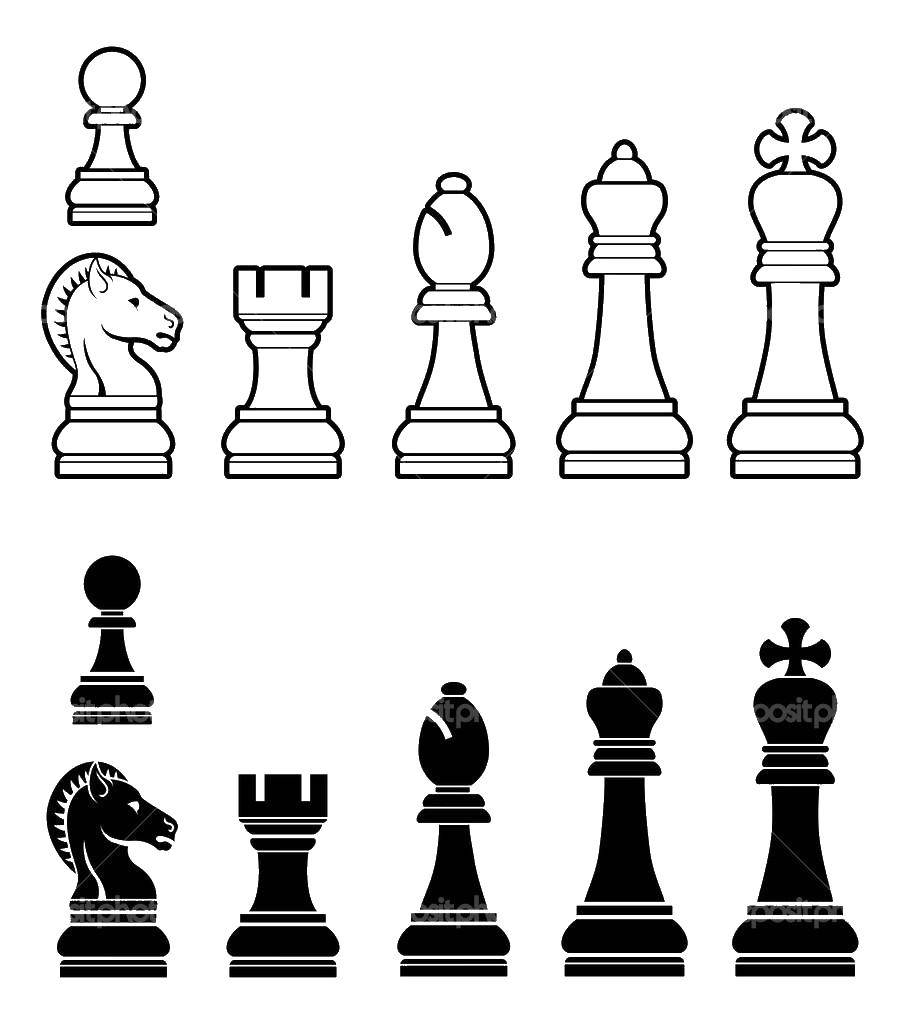
free chess coloring pages 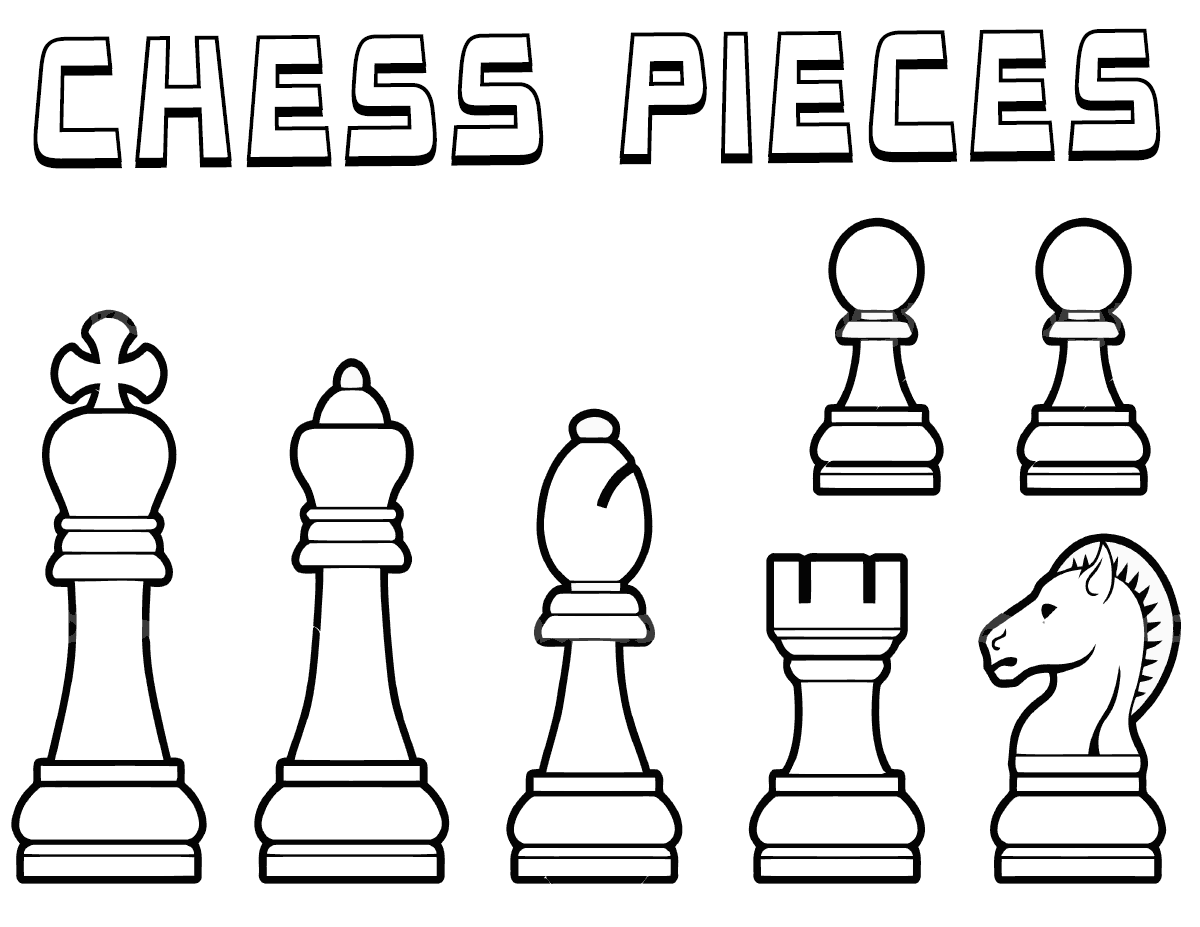
free chess pieces coloring pages 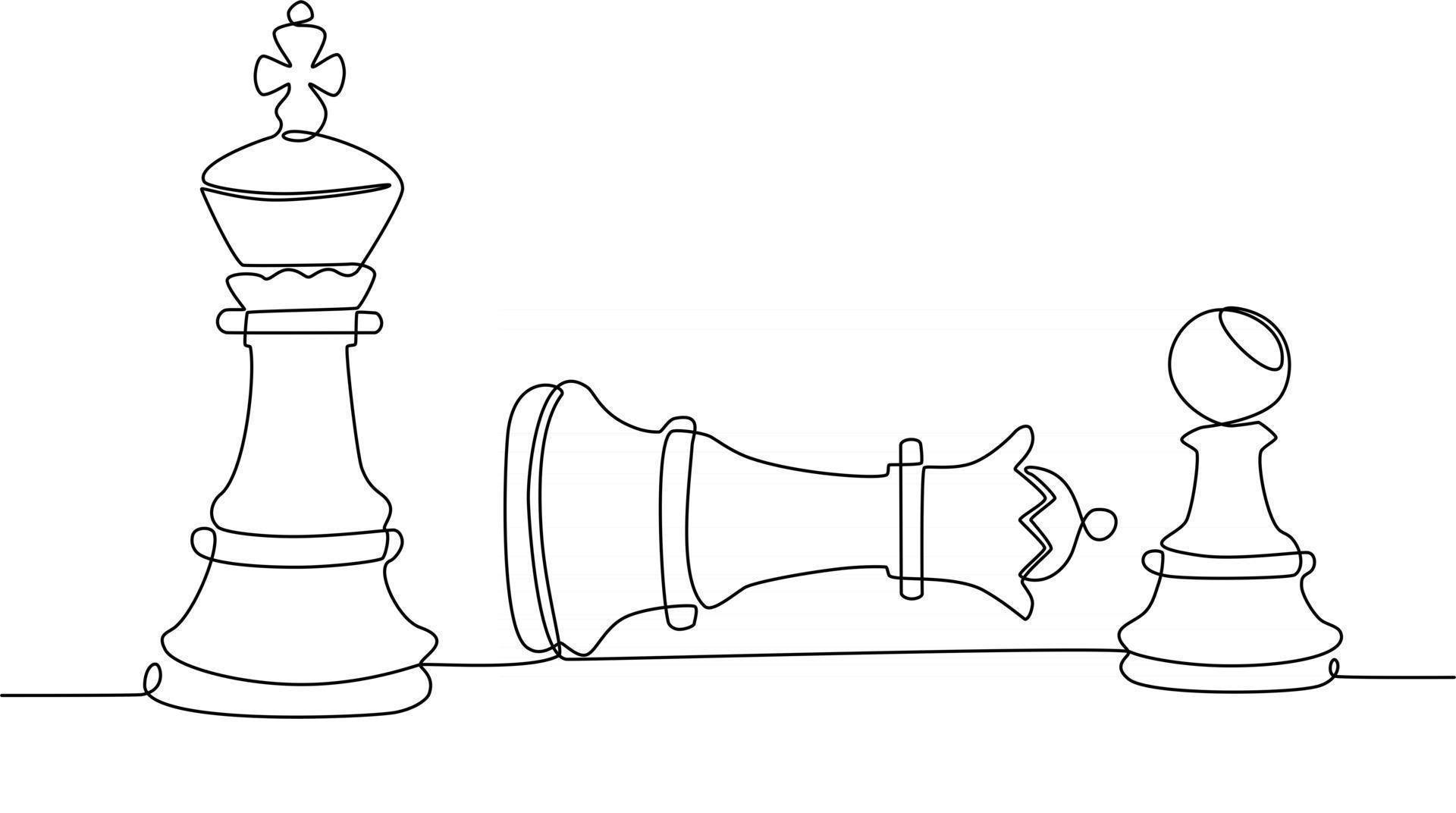
free printable chess coloring pages
The 16 pieces have different characteristics that, following the game’s rules, allow them to move on the game board, divided into 64 squares or squares, dark and light alternately.
Chess is a board game of strategy and mental ability. However, in its competitive version, chess is considered a sport by FIDE (The International Chess Federation), the organization in charge of regulating international chess competitions.
The objective of chess is to first defeat the opponent’s King by removing it from the board. This is done by threatening the square occupied by the opponent’s King with one of your pieces.
The Pieces consist of The King, The Queen, The Rook, Bishop, The Knight, and The Pawn. The King is the most critical piece on the chessboard. The King can move in all directions, including diagonally but only one square.
It must not be captured, and if it is in danger, it must be taken to safety immediately. If it is impossible to keep the King safe, we can write off the game as lost.
The queen is the most powerful piece on the board. This is because it can control more squares than any other piece. It moves forward or backward and diagonally with no square limitation. However, it cannot jump over any other piece.
The rook moves straight to all the squares of the line and column it corresponds to and cannot jump over other pieces.
It has its action line on the diagonal, always by its color, and moves in this direction across the squares it occupies. It cannot jump any piece and always moves along squares of the same color.
The horse or knight is the most eccentric piece (the only piece that can jump among the others). It makes a jump describing an arc over the squares surrounding its position and is placed on one of the squares next to it. Its arrival square is always different from the square it occupies.
The pawn moves from the front, advancing with one step at a time except when leaving its initial square, making its first move of the game, in which case it can increase two squares.
In addition, the pawn has a diagonal move; but it is only allowed to eat or capture the pieces or pawns on the immediate squares.